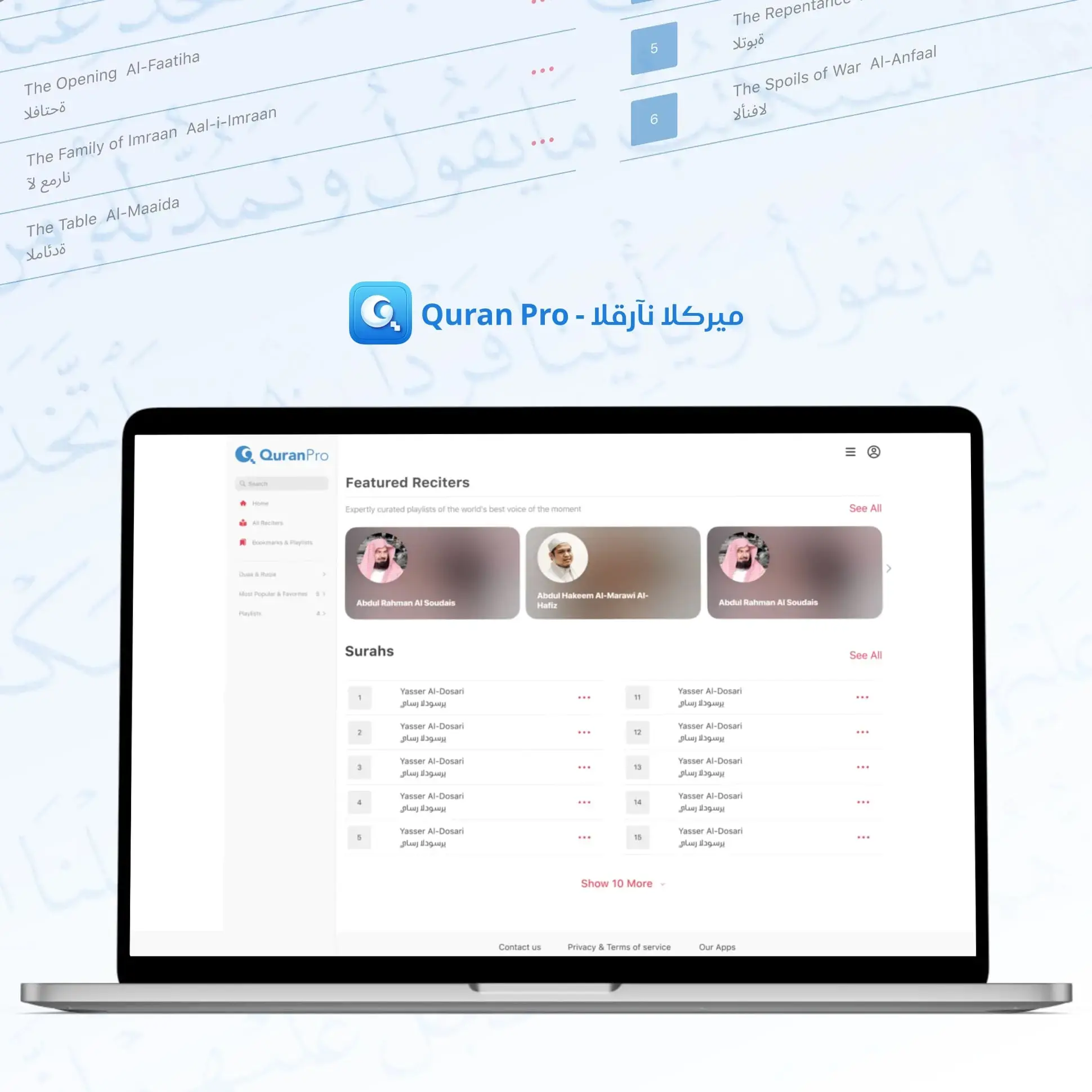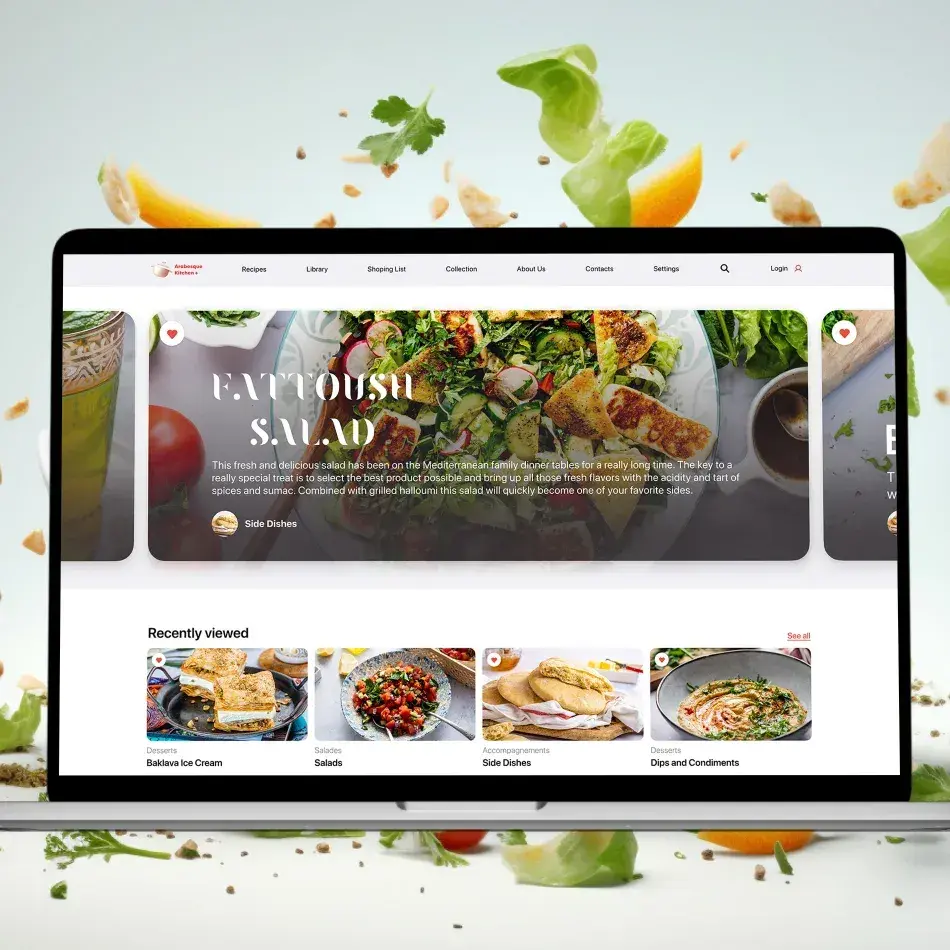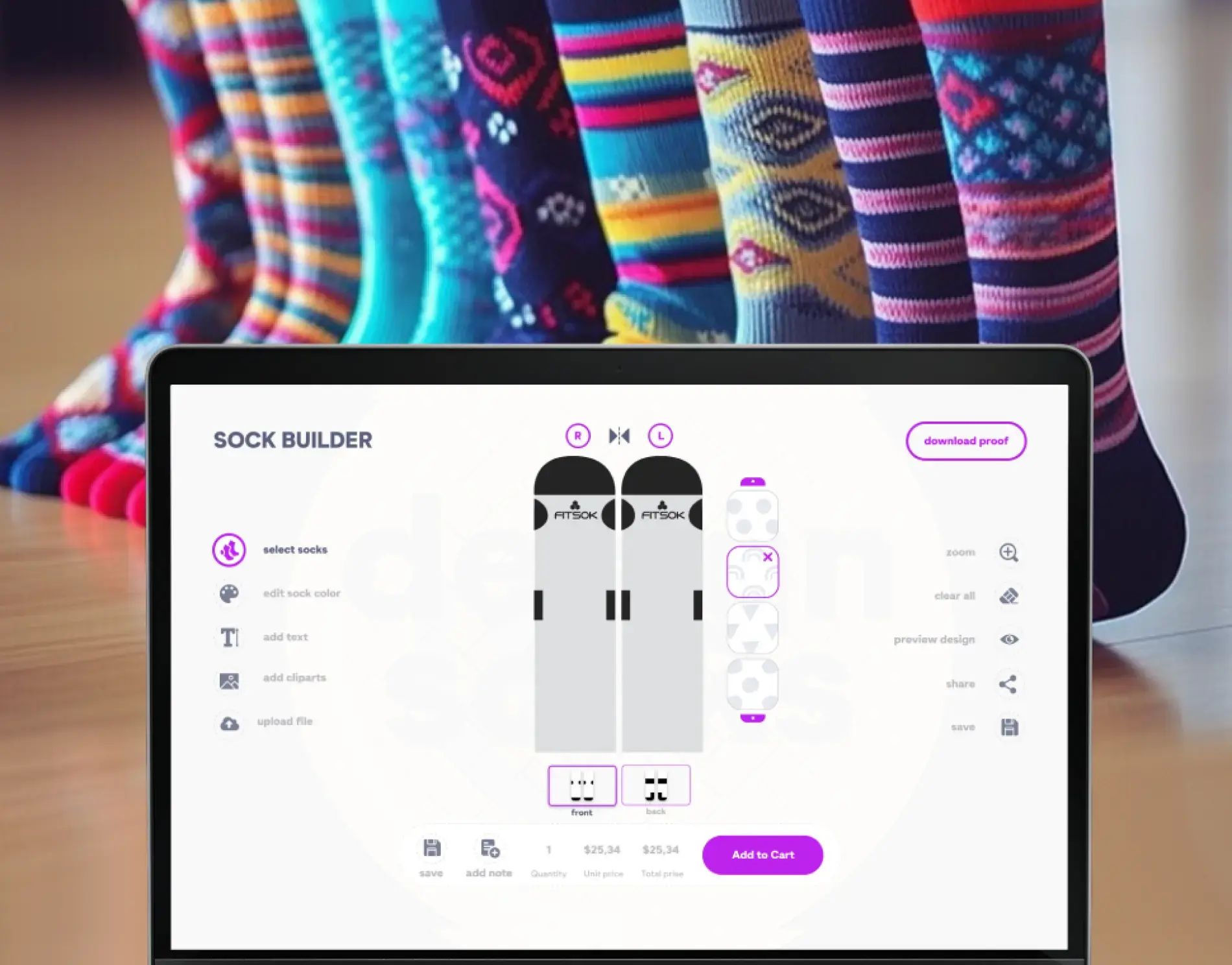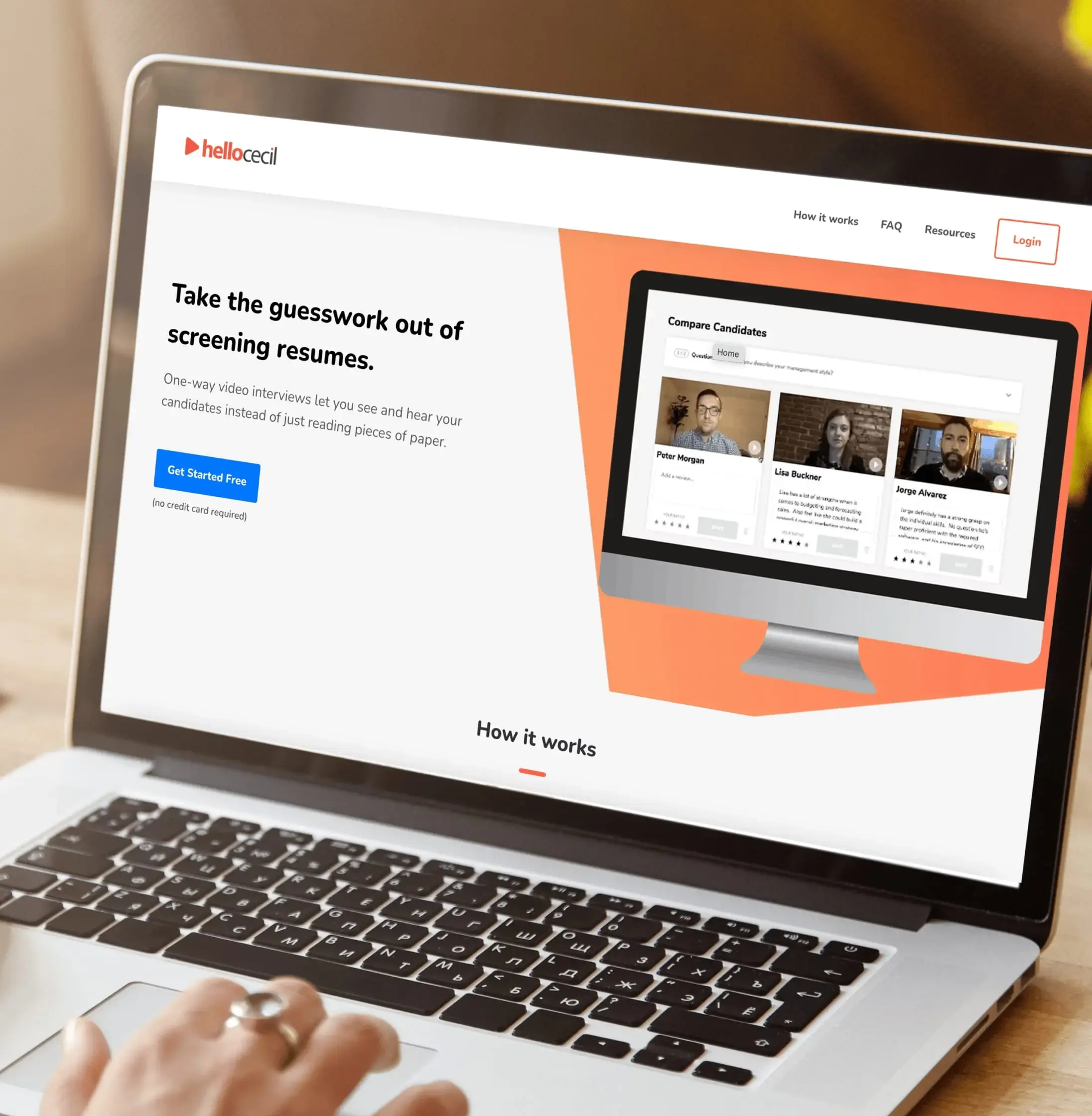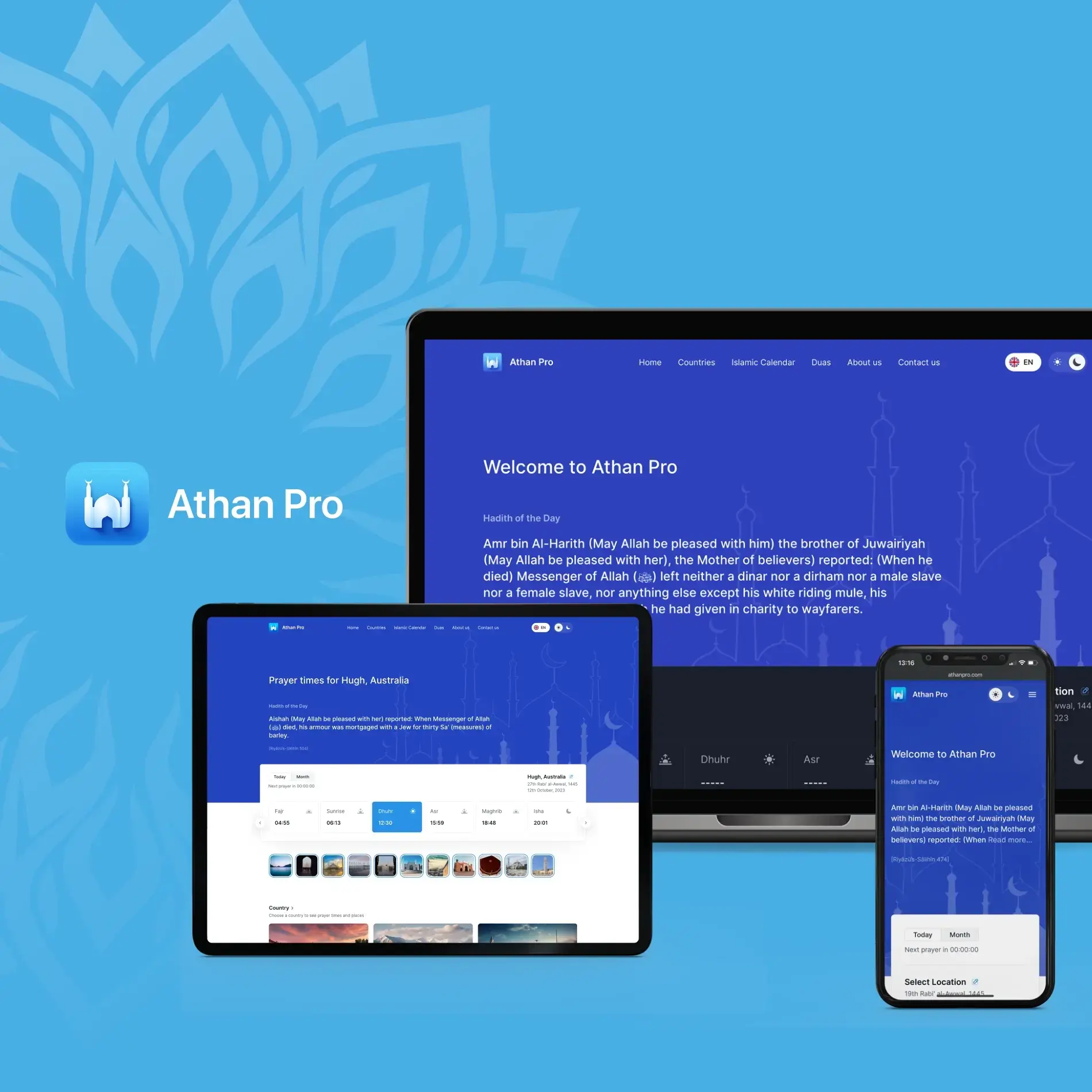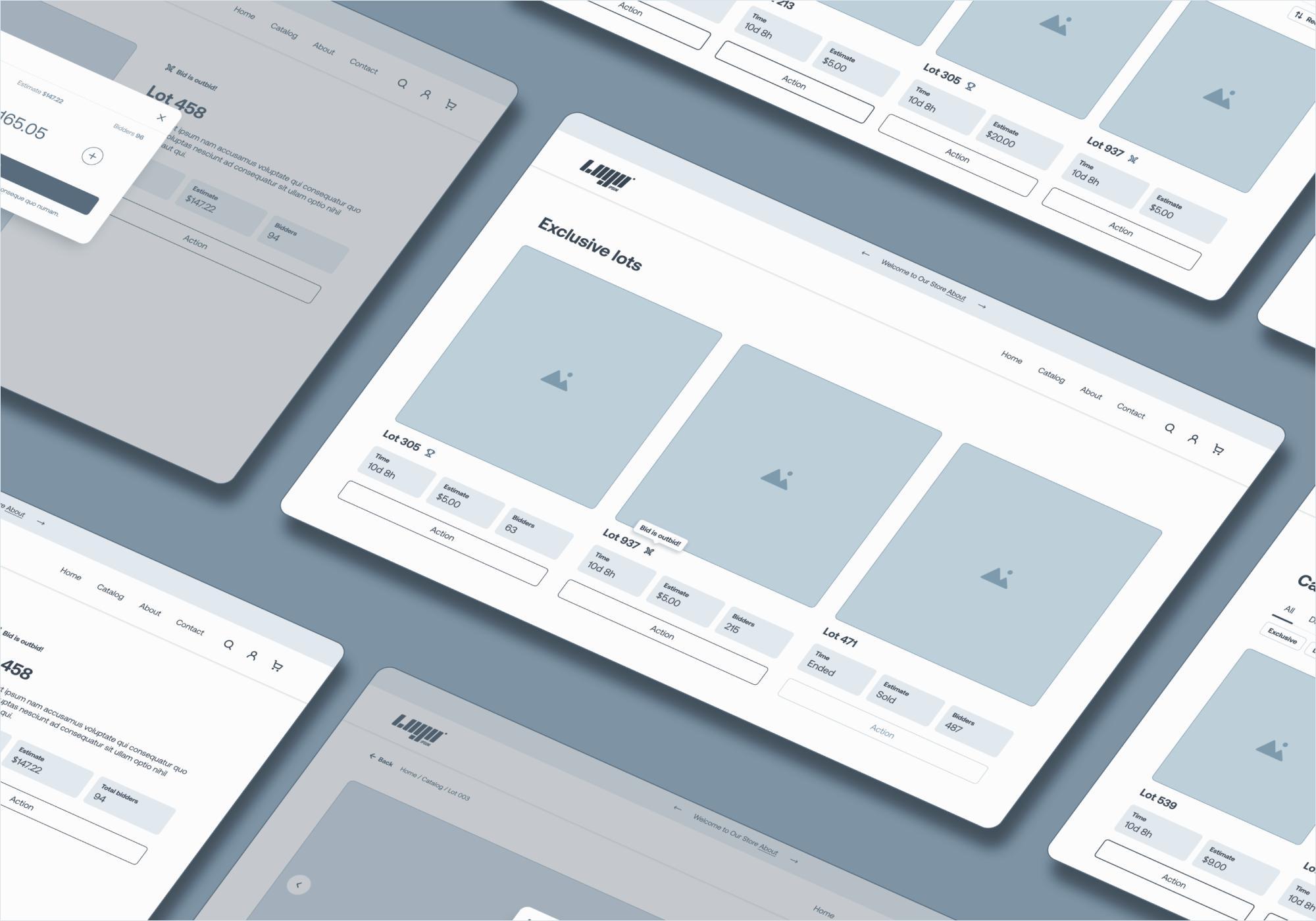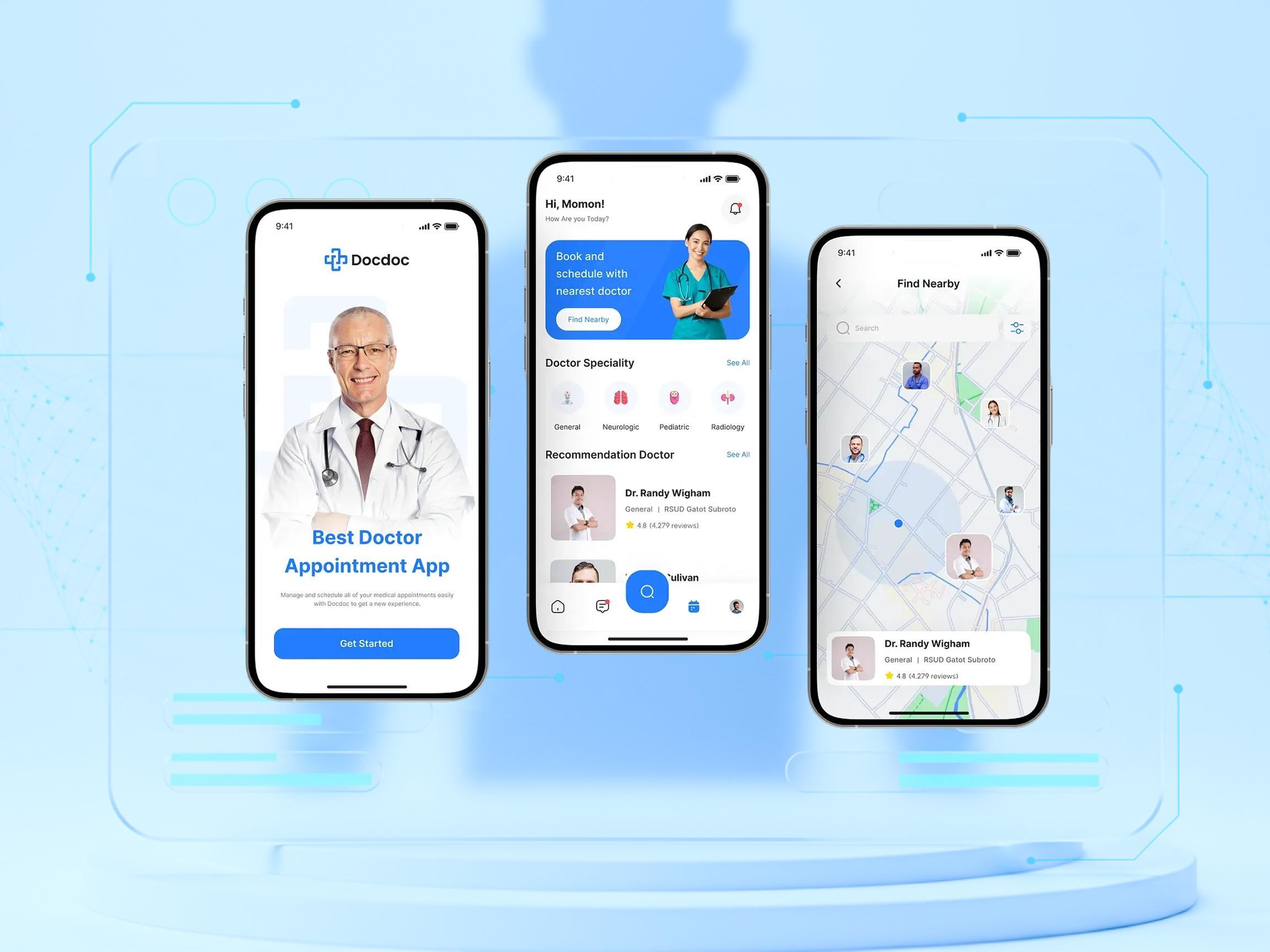
- Healthcare Software
- Project Estimation
Yoga App Development Guide: Benefits, Features and Costs
Fitness and wellness are huge trends nowadays, and everybody wants a piece of the pie. Learn how to do yoga app development right with JetBase.
October 23, 2024 | Updated on November 24, 2025 | 10 min

Sergei Skirev
CTO at JetBase
Table of Contents
- Global Insights into the Yoga Mobile App Market
- Different Types of Yoga Apps in the Market
- How Yoga Mobile Apps Work
- Popular Yoga Mobile Apps Overview
- Essential Features of a Successful Yoga App
- Additional Features to Enhance the Yoga App Experience
- Step-by-Step Guide to Developing a Yoga Mobile App
- Top Monetization Models for Yoga Apps
- Tech Stack for Yoga App Development
- How Much Does It Cost to Build a Yoga App?
- Common Challenges in Yoga App Development
- Create Your Own Yoga App with JetBase
- FAQ
Our Cases
Innovation isn’t just about ideas - it’s about execution, turning vision into reality, and creating solutions that truly make an impact. See what we’ve built and how it works:
- HealthCare
- Media & Entertainment
- eCommerce
- Amazon Web Services
- Cloud Cost Optimization
- Serverless Application
- Retail
- HealthCare
- Media & Entertainment
- eCommerce
- Amazon Web Services
- Cloud Cost Optimization
- Serverless Application
- Retail


